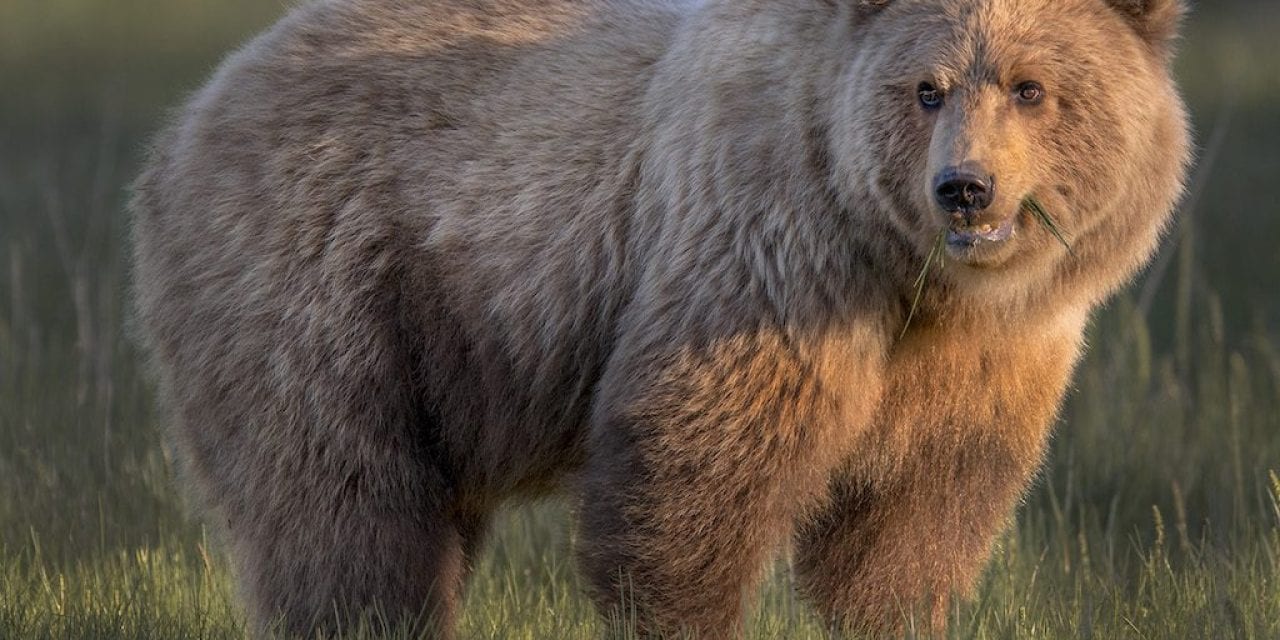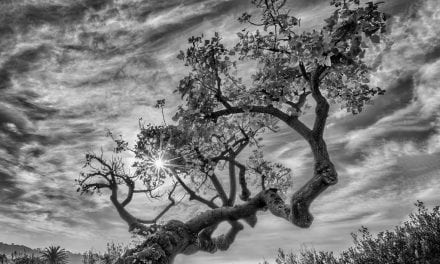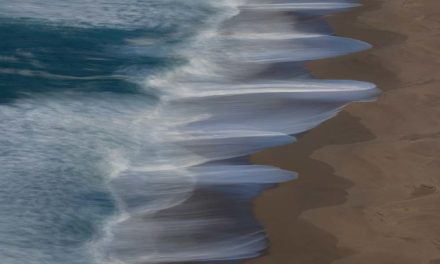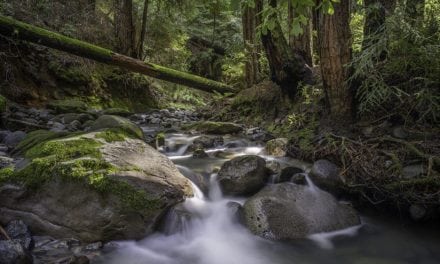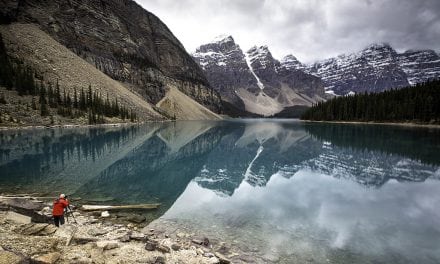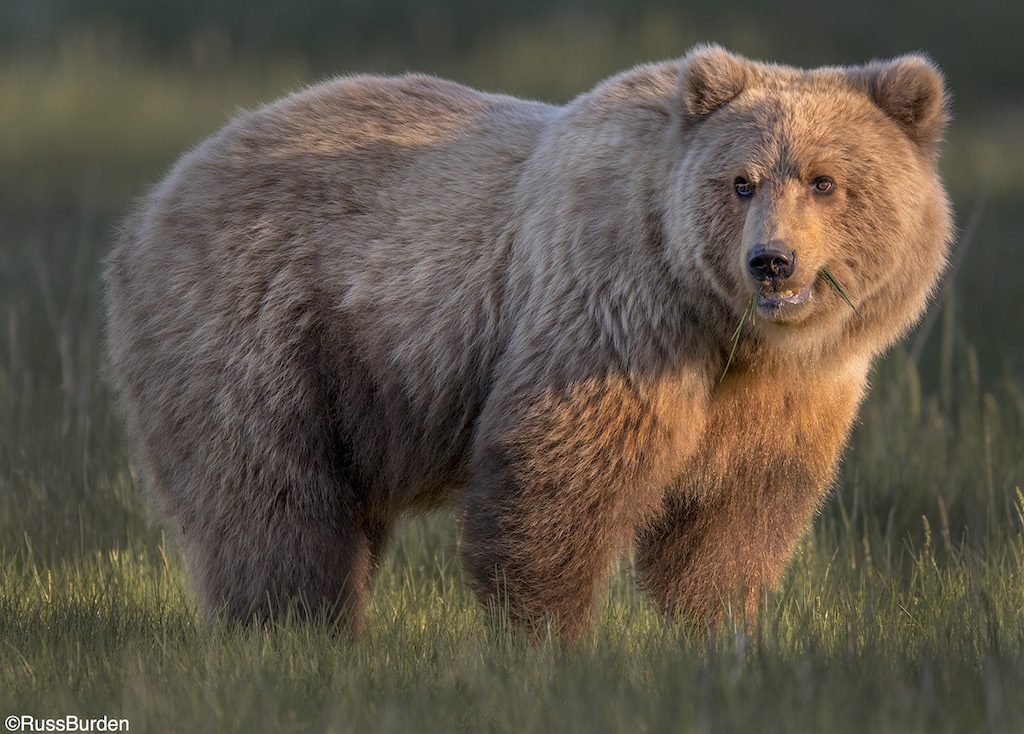
Magnification is essential when you photograph wildlife for a number of reasons. The most obvious is it makes the subject larger in the picture. Unless you want to create an environmental portrait, bigger is better, especially when you fill the frame with your subject. Anytime you don’t have to crop away valuable pixels, it’s a good thing. (As an aside, I encourage you to make environmental portraits with a wide lens to exhaust all possibilities and make sure you walk away from an encounter with as much diversity as possible.)
Keeping Your Distance
A second reason long lenses are beneficial relates to working distance. Big telephotos allow you to keep your distance, which in turn lets the animal go about its regular business. This is a huge plus if you want to capture behavior. When some animals are closely approached, they go into fight or flight mode. If it runs, you lose the subject. If it’s frightened, it tenses up and becomes very static. It zeroes in on your movement and watches in a defensive mode. Give it space to go about what it does and you’ll be rewarded with much better photos.
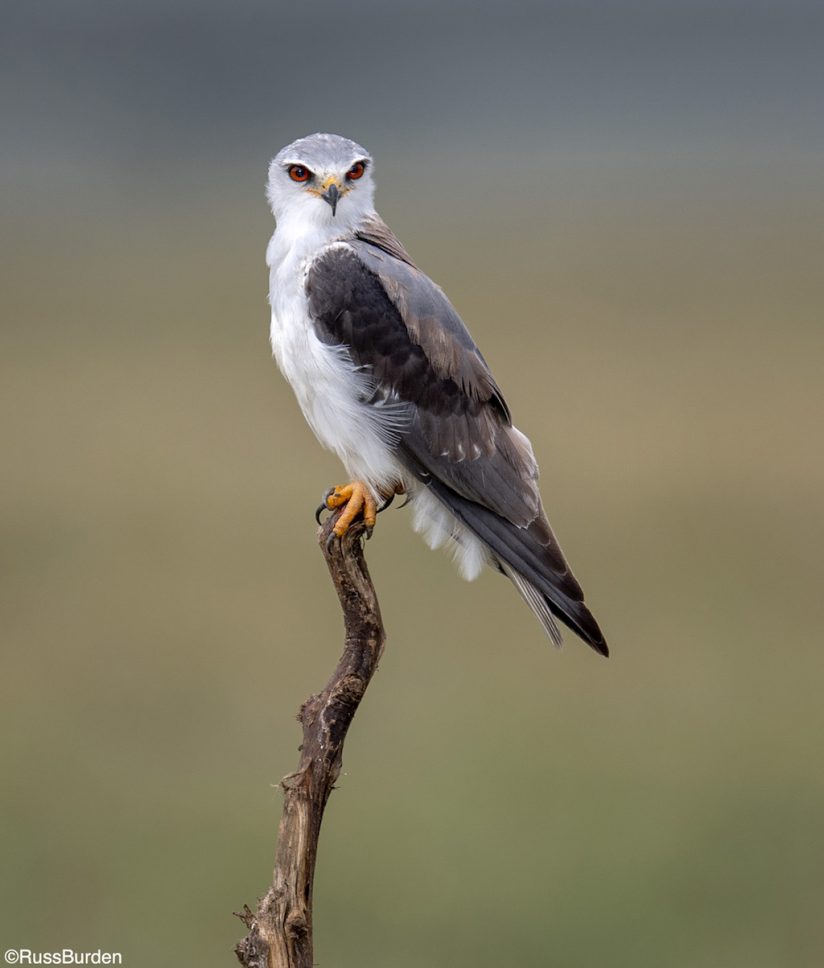
Avoiding Background Distractions
An additional reason magnification is beneficial is it provides a cleaner background. There’s a narrower angle of view, which reduces the amount of clutter and potential background distractions. Long lenses also have a narrower depth of field, especially the faster ones with a maximum aperture of f/4 or wider. The ideal situation involves a long lens combined with a wide-open aperture and a background that’s far enough away from the subject to make it a wash of color. As a result, the subject pops off the page as it’s the only sharp area of the image.
Teleconverters
Many fast, long primes readily accept a 1.4x, 1.5x or 2x teleconverter and show very little degradation of sharpness. They do so because the elements within the lens don’t move compared to a zoom. That being said, there are some zooms that do work well when coupled to a teleconverter, but they carry a high price tag: the 70-200mm f/2.8 and 200-400mm f/4 are two that come to mind. A teleconverter provides even greater magnification and enhances the other benefits described above to a greater degree.
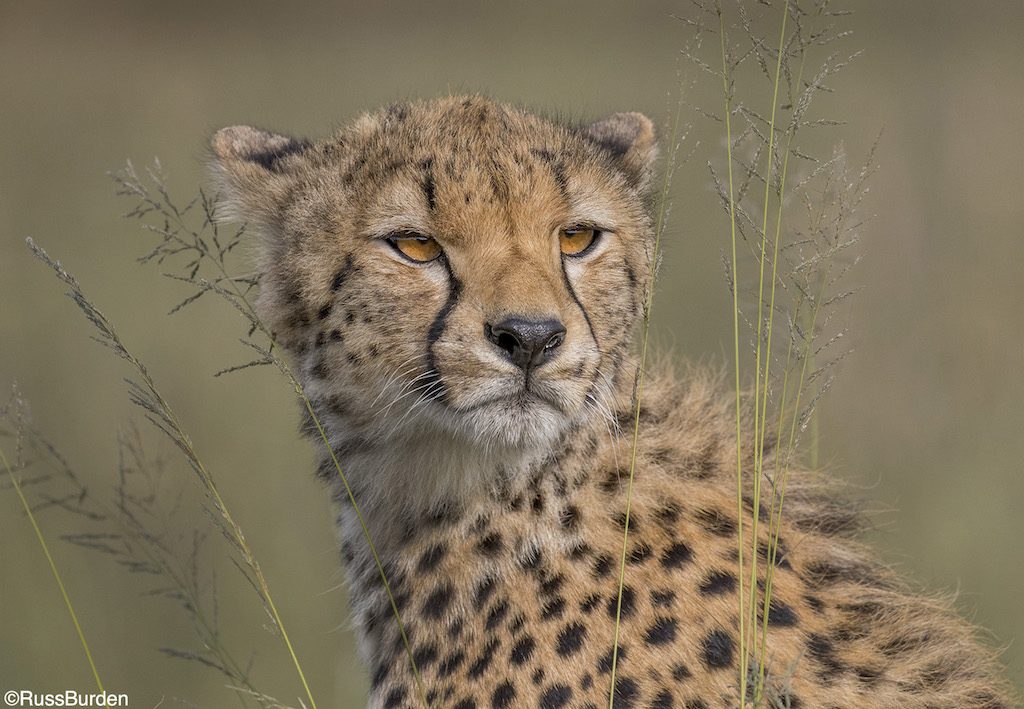
As you can see, long lenses can really improve your photography. Along with the benefits, it behooves you to learn its nuances.
Faster Shutter Speeds
Long lenses amplify the subject, but in doing so, they also amplify your errors. One aspect is they reveal any slight lens movement unless you use a shutter speed to counter it. The rule of thumb is to use a minimum shutter speed that is 1/over the reciprocal of the lens. For instance, for the few times I handhold my 600mm lens, the slowest shutter speed I use is 1/600 sec. Even then, I try to use a faster one. If you use a bean bag or tripod there’s forgiveness, but sloppy tripod use will still reveal movement. Gently press the shutter and steady the lens shade with your other hand.
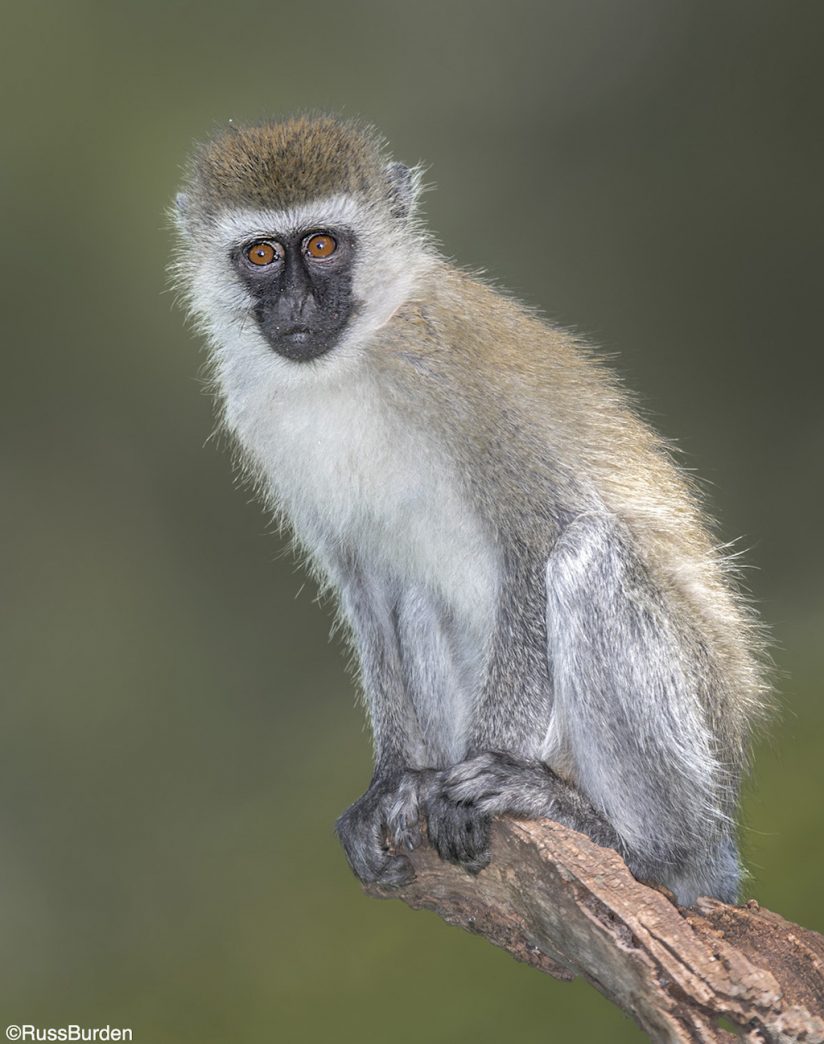
Image Stabilization
Anytime I handhold a long lens, I turn on vibration reduction. Be sure to turn it off if you put the lens on a tripod or beanbag. I use Mode 1 for general photography. Mode 2 is for when the camera is mounted to a tripod and is used to pan along the axis of the running or flying subject.
Focus Limit Switch
To maximize the efficiency of the lens to lock onto a subject, use the focus LIMIT switch. If the subject is close, there’s one setting. If the subject is far away, use the other. The distances are revealed on the barrel as they state what the given ranges are.
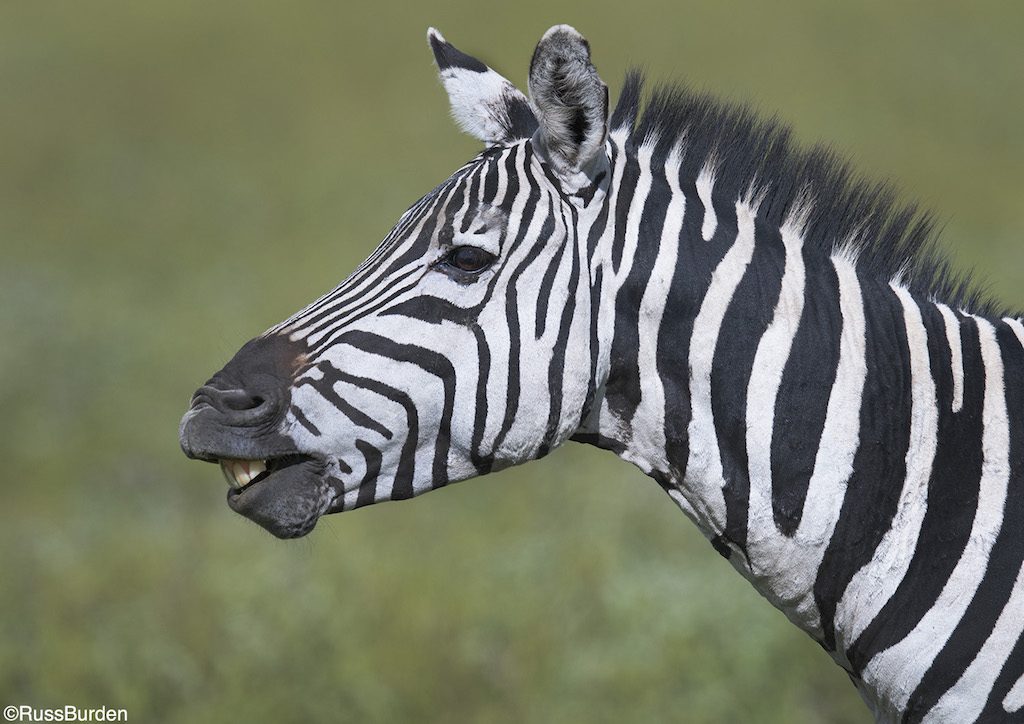
Tripod Stability
I strongly recommend the use of a beefy tripod when you use a long lens. If you spend upwards of $10,000 on a prime telephoto, please don’t mount it to a 150 tripod with a cheap head. Watching it collapse to the ground will bring a plethora of tears. With your rig mounted on a good tripod, a good technique to incorporate into your long lens photography is to stabilize the front of the lens with your left hand. Some people rest it on top of the lens barrel, while others put it under the barrel and push up. Both work, so find the option that best suits you and incorporate it into your repertoire.
Visit www.russburdenphotography.com for information about his nature photo safaris to Tanzania.
The post Long Lens Photography Techniques appeared first on Outdoor Photographer.

